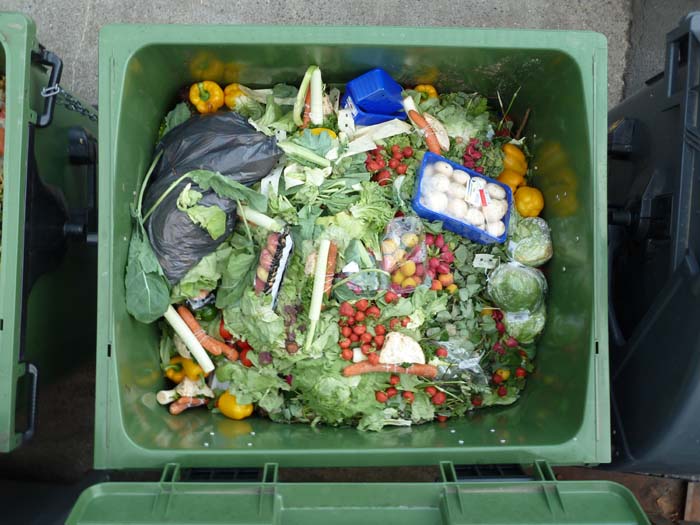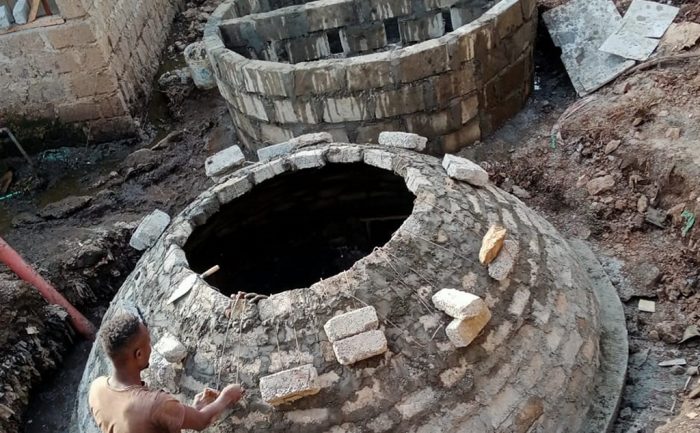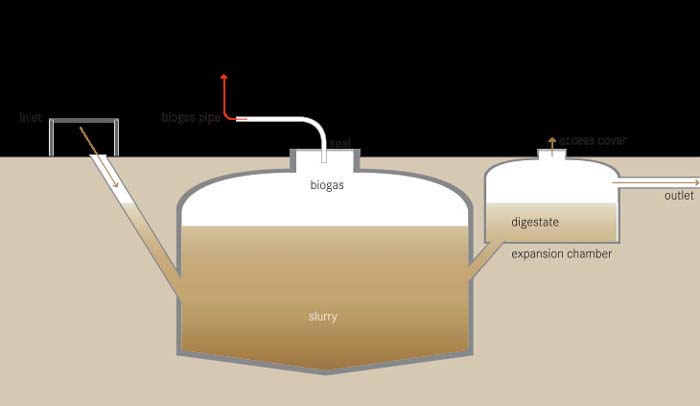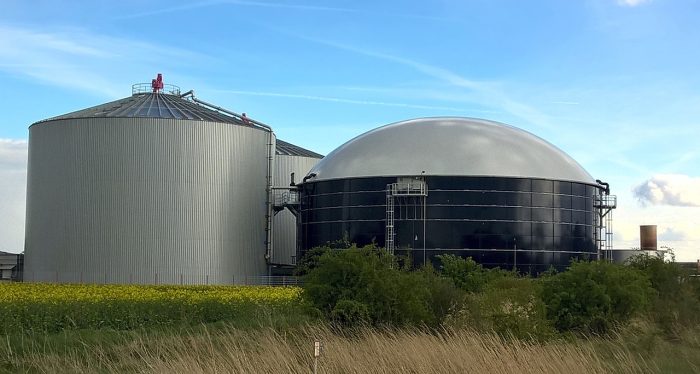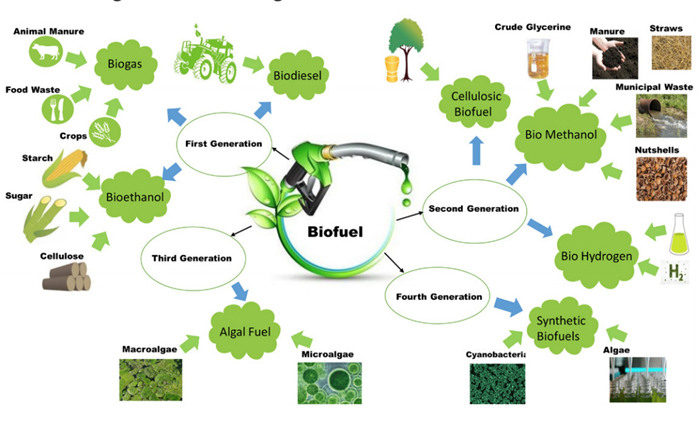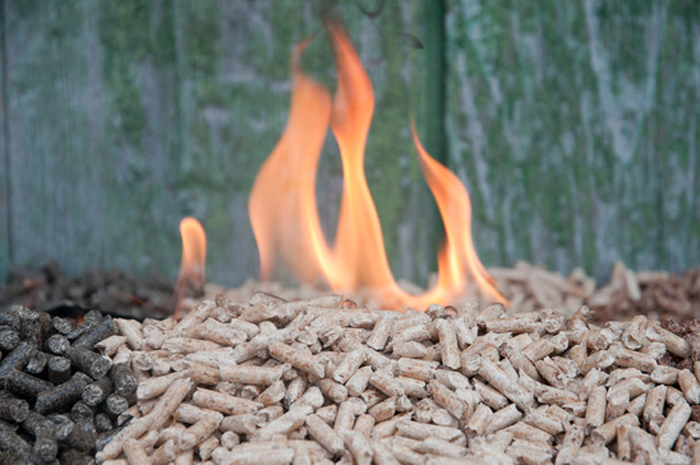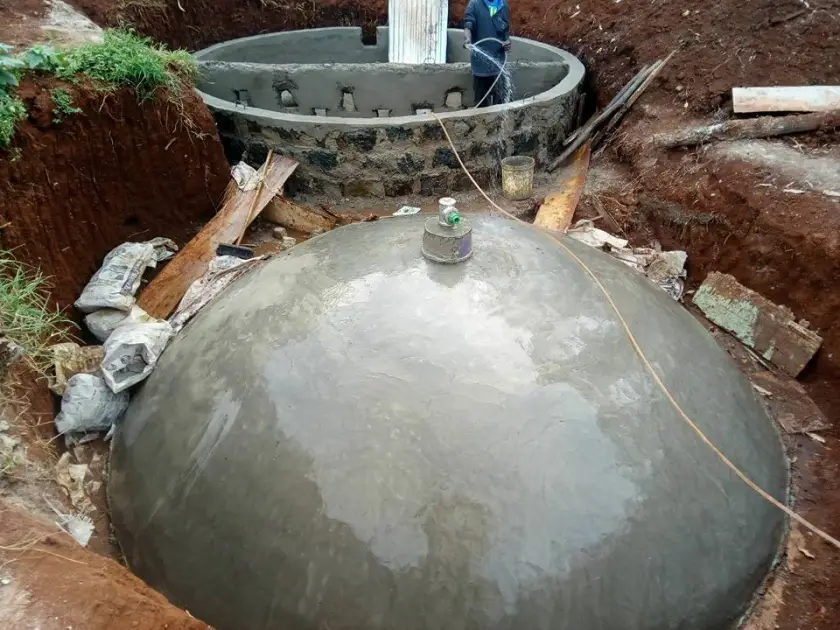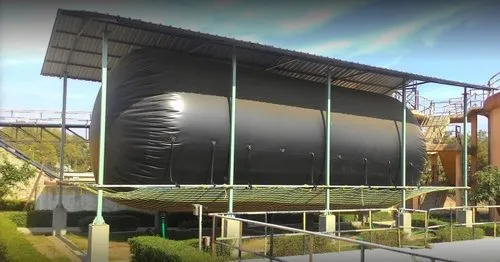
Biogas are gases produced by decomposing organic matter, such as plant remnants or manure. You can generate both electricity and fuel from these gases. Methane is the primary component of biogas. Biogas has chemical energy, which you can turn into mechanical energy and electricity through several processes. Transducers, including turbines and generators, help to turn biogas into electricity this way. Since it is possible to produce it on both a large and small scale, this power has dual uses: in households and commercially.
Here’s how to turn biogas into electricity:
There are a number of processes involved in converting biogas into electricity. The most important ones are gas purification and generator use. Here are the basic procedures to convert biogas into electricity:
Production
Anaerobic digestion of organic materials, including energy crops, sewage sludge, agricultural waste, food waste, or animal manure, produces biogas. Bacteria decompose the organic matter in a sealed container called a digester, yielding biogas as a byproduct.
Purification
The digester’s biogas contains contaminants such as hydrogen sulfide and moisture. To make it usable for power generation, it first needs cleaning. Purification is necessary to remove contaminants and excess moisture. Hydrogen sulfide (H2S) is an impurity that can harm equipment and reduce power generation efficiency.
Storage
Storage tanks or gas holders are familiar places to keep clean biogas. This way, the power generation system may continue to receive a nonstop and controlled supply of biogas, regardless of fluctuations in the biogas production rate.
Generating Electricity
There are multiple ways to convert biogas into electricity:
- Internal combustion engines:
In the same way that regular cars run on gasoline, biogas may power internal combustion engines. The engine receives the biogas, which is then burned to produce electricity to power a generator.
- Fuel cells:
An electrochemical process in fuel cells can help convert biogas into electricity. Although fuel cells are better for the environment and use less energy, they may need extra purification processes to eliminate contaminants.
- Microturbines:
Decentralized power generation is possible with the help of microturbines, which are little gas turbines. The microturbine burns biogas to power a generator directly.
- Gas turbines:
Gas turbines can also run on biogas. This method generates power by burning biogas in a turbine that helps drive a generator.
Distributing electricity
One option is to use the biogas plant’s electricity to power nearby operations. Another is to connect it to the power grid and make it available to the entire community. The needs and objectives of the biogas project will dictate this.
It’s worth noting that variables like available resources, project size, and desired output could affect the precise system configuration and equipment required for biogas-based power generation. For further personalized advice, consult with industry professionals or contact biogas system providers.
Can you run a generator on biogas?
To generate electricity, combustion engines use biogas as fuel and transform it into mechanical energy. Electric motors and generators share many similarities in their designs.
Fuel that biogas generators use
Biogas primarily contains methane as its principal gas component. Anaerobic digestion of organic materials, including energy crops, food waste, agricultural waste, and sewage sludge, produces a combination of gases known as biogas.
Biogas can have a wide range of compositions depending on the feedstock and digestion method. However, methane is usually the most abundant component, making up 50 to 70 percent of the gas. Biogas typically contains between 25 and 45 percent carbon dioxide, making it the second-most abundant component. Biogas might also contain trace levels of other gases like hydrogen sulfide, nitrogen, and hydrogen, among others.
Because methane can be burned to create transportation fuel, electricity, and heat, it is extremely useful. Boilers and generators driven by biogas can provide thermal energy and electrical current. In addition to using methane as a fuel source, biomethane is a renewable natural gas with many of the same uses as natural gas.
Methane, the principal gas produced from biogas, greatly benefits the renewable energy sector due to its various uses.
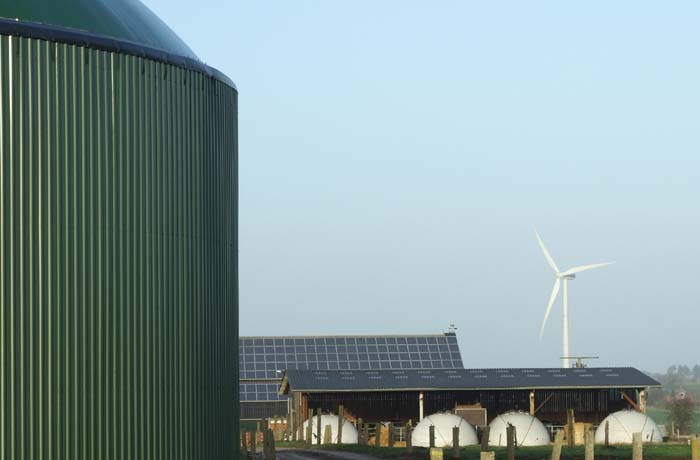 Engine that can be run on biogas
Engine that can be run on biogas
A “gas engine,” distinct from a gasoline engine, is necessary if you want one that can run on pure biogas. Gas engines are essentially diesel engines that use spark ignition as opposed to compression ignition to ignite the fuel/air mixture. Though they are more expensive and difficult to get than ordinary diesel engines, small gas engines are available. The ignition system makes gas engines more complicated.
Electricity generation using biogas
The chemical energy found in biogas is derived from methane. Biogas becomes usable power after transforming this chemical energy into mechanical energy and then into electricity. Two transducers can accomplish this:
- A generator:
The generator uses mechanical energy that it extracts from the biogas engine to produce electricity.
A connection is made between the biogas engine and the generator so that the generator receives its power from its revolving shaft. Magnetism helps to create electricity by transferring motion to the generator. The generated energy has two potential destinations: the power grid or a rechargeable battery.
- A biogas engine:
This engine converts energy from chemical to mechanical form. The gas engine is attached to the biogas source’s outlet. Its internal combustion engine is very similar to a car’s. The engine burns the biogas, which then turns a shaft. Mechanical energy has been generated from chemical energy so far.
Methods for turning biogas into electricity
A number of options exist for turning biogas into usable power.
- You can power your generator with biogas if it runs on petrol or diesel, two fossil fuels. In this case, the generator can run on either fuel or a combination of both.
- Biogas may power the Stirling engine instantly. This technology’s low efficiency is a drawback, but its advantage is that it eliminates the need for biogas purification. This is because the combustion process occurs outside the engine system, as with the Stirling engine.
- Biogas can heat and pressurize the water right away. This high-pressure steam will power the turbine generator, like in a typical conventional power plant, and produce electricity.
The third strategy is the most popular of the three. The basis behind this is that this approach allows for the most efficient hybridization with other fuels.
In order to use biogas for constant electricity generation, the biodigester needs to be big enough to accommodate the generator’s power input. This is essential for maintaining a steady flow of biogas, which is necessary for generator rotation.
Benefits of Biogas Electricity Generation
Several significant benefits exist from converting biogas into electricity:
- Cutting Down on Emissions of Greenhouse Gases:
One way to generate power from biogas is by converting organic waste into fuel. This reduces emissions of greenhouse gases and aids in the fight against climate change.
- Energy Independence:
Biogas electricity generation is a decentralized energy alternative that gives communities more control over their energy consumption and lessens their reliance on large power plants.
- Waste Management:
Anaerobic digestion helps lessen the negative environmental effects of organic waste by producing energy and decreasing methane emissions during decomposition.
- Renewable Energy:
Biogas, produced from organic waste, is one sustainable energy source that can help decrease the use of fossil fuels.
Conclusion
The conversion of biogas into electricity is an eco-friendly and long-term solution to power needs. Biogas power generation tackles waste management issues and reduces greenhouse gas emissions using organic waste products. It also generates clean energy. A more sustainable future may be within reach with the help of biogas. This is why it is attracting attention as a viable alternative energy source.

